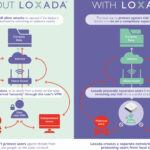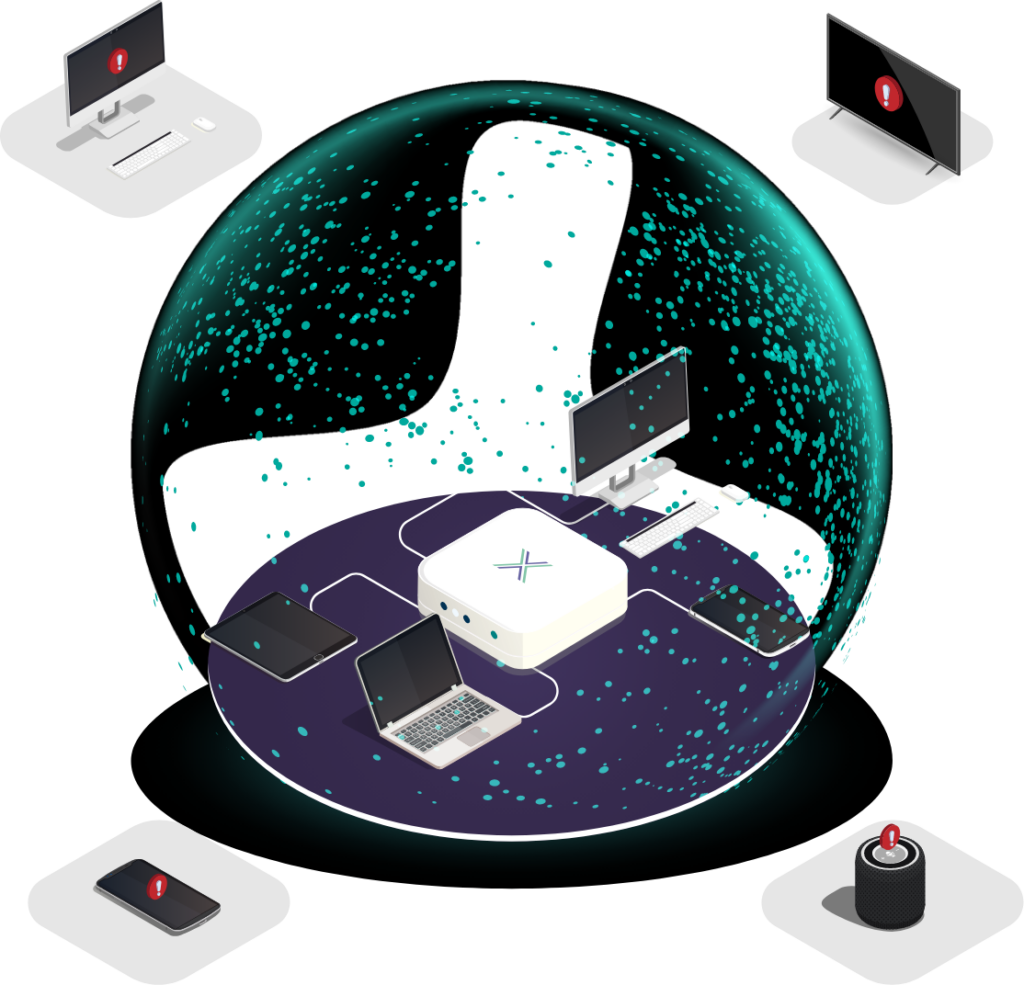Home networks in Windows 11 provide convenience for seamless resource sharing and device connectivity. However, it’s crucial to be aware of their potential security risks. In this blog post, we will delve into the common security risks related to using a home network in Windows 11 and provide actionable insights on how to protect yourself. Moreover, we will explore the benefits of network separation within your home, which offers a practical approach to bolster your security defences.
Understanding security risks and addressing them:
- Unauthorised Access:
One of the primary concerns is unauthorised access to your devices, files, and personal information. To mitigate this risk, it is essential to implement robust passwords and secure network protocols, such as WPA2 encryption. These measures are barriers against hackers and unauthorised users attempting to breach your network. - Malware and Viruses:
Home networks are susceptible to malware and viruses that can infect devices and spread across the network. Protect yourself by employing reliable antivirus software and ensuring all devices and software remain updated with the latest security patches. Regular updates and scans reduce the risk of infection and keep your network secure. - Social Engineering Attacks:
Attackers may attempt to exploit users on your network through social engineering tactics. Be cautious of phishing emails, suspicious links, and requests for personal information from unknown sources. Vigilance and awareness are vital in defending against such attacks. - Weak Network Protocols:
Using weak network protocols or outdated hardware increases your network’s vulnerability. Utilise modern, secure protocols like WPA2, avoid default passwords and regularly update your router firmware to mitigate potential risks. - Unsecured Devices:
Devices lacking security measures or updates can create vulnerabilities within your network. Protect yourself by updating all devices with the latest security patches, enabling firewalls, and avoiding unsecured public Wi-Fi networks.
Introducing Network Separation: A Game-Changer in Security:
In addition to the security measures mentioned above, network separation offers a robust approach to protect your home network in Windows 11. Let’s explore its benefits too:
- Isolation of Sensitive Devices:
Network separation allows you to isolate sensitive devices containing personal or financial information from other devices on your network. This isolation adds an extra layer of defence, making it more challenging for attackers to gain unauthorised access to critical devices. - Limiting Lateral Movement:
By separating your networks, you restrict the ability of an attacker to move laterally across your network. Even if one device becomes compromised, network separation confines the attacker’s access to a specific segment, minimising the potential impact on other devices. - Enhanced Control and Monitoring:
Network separation enables improved control and monitoring of network traffic. With separate segments, you can implement access controls, monitor network activity more effectively, and swiftly detect unusual or suspicious behaviour. This heightened visibility empowers you to respond promptly to potential security incidents. - Tailored Security Measures:
Network separation allows for customised security measures for each segment based on specific requirements. You can implement stricter security measures on segments housing sensitive devices while applying more relaxed criteria on segments with less critical devices. This tailored approach ensures that security measures align with the devices and data within each segment.
Securing your home network in Windows 11 is crucial to safeguard your devices and personal information from potential security threats. You can minimise the risk of a security breach by implementing strong passwords, utilising secure network protocols, updating software and devices, and staying vigilant against social engineering attacks. Network separation further provides an effective strategy to enhance security defences, offering isolation, limiting lateral movement, improving control and monitoring capabilities, and tailoring security measures.
By adopting these practices, you’ll create a robust and resilient environment for Windows 11 for remote workers.






